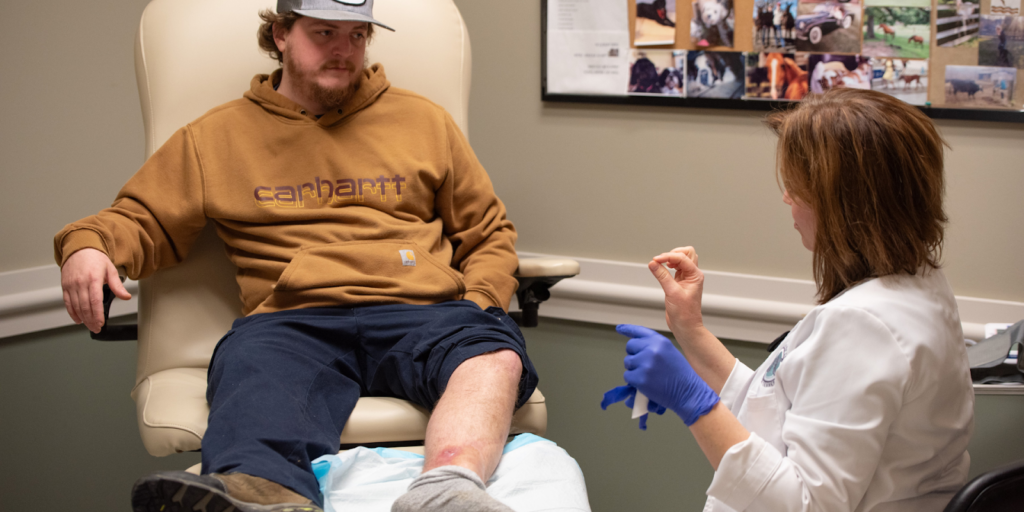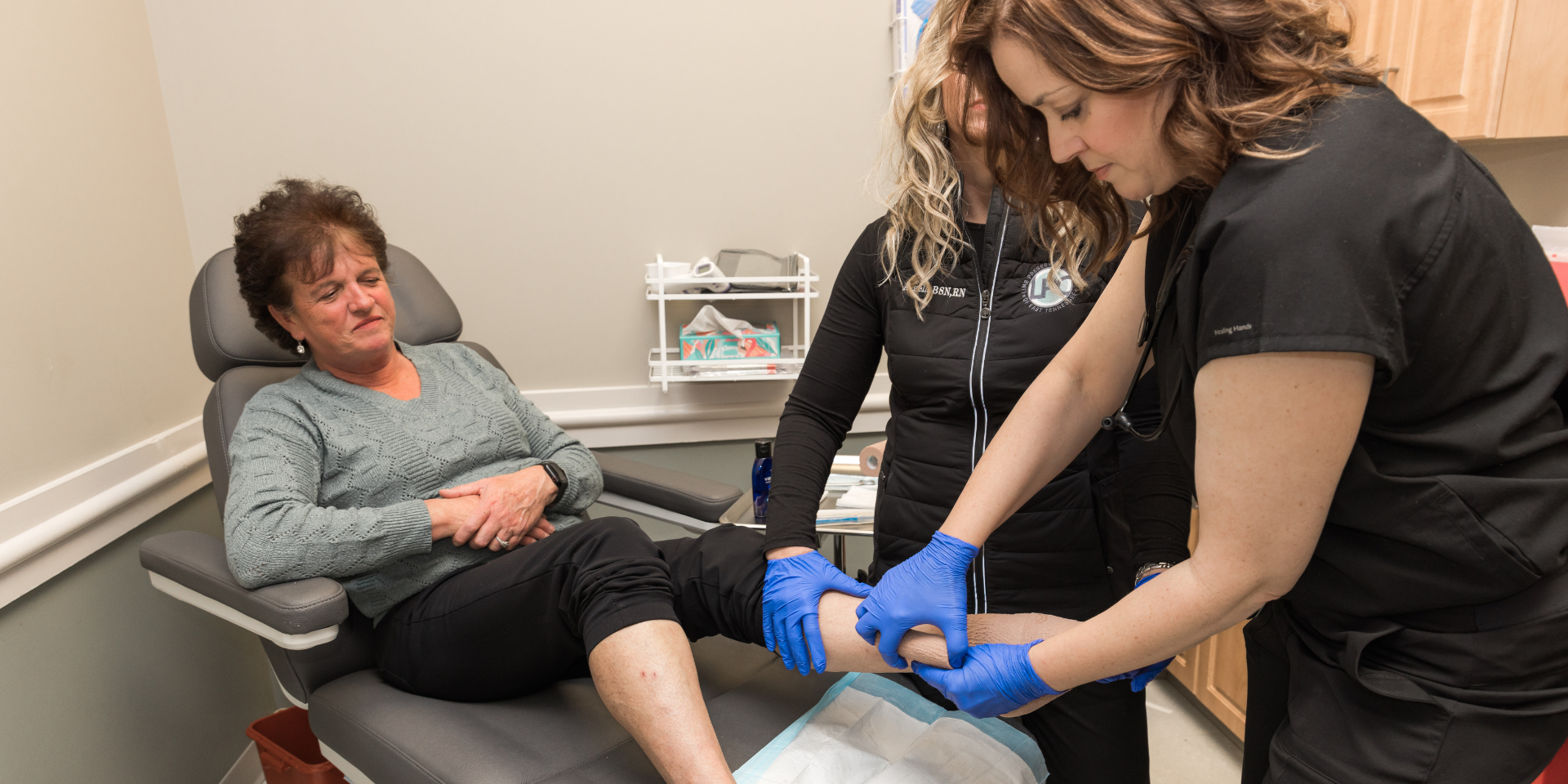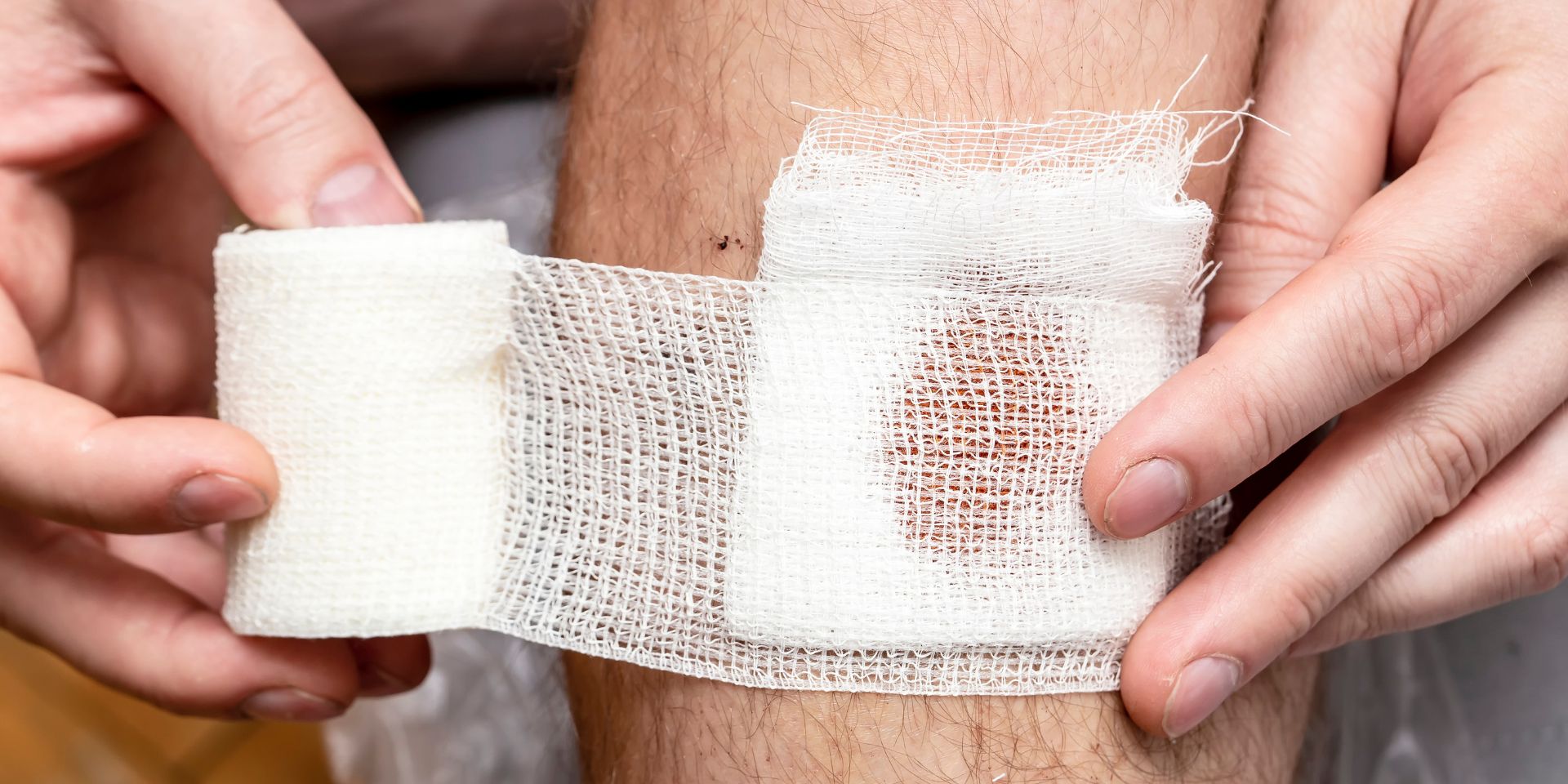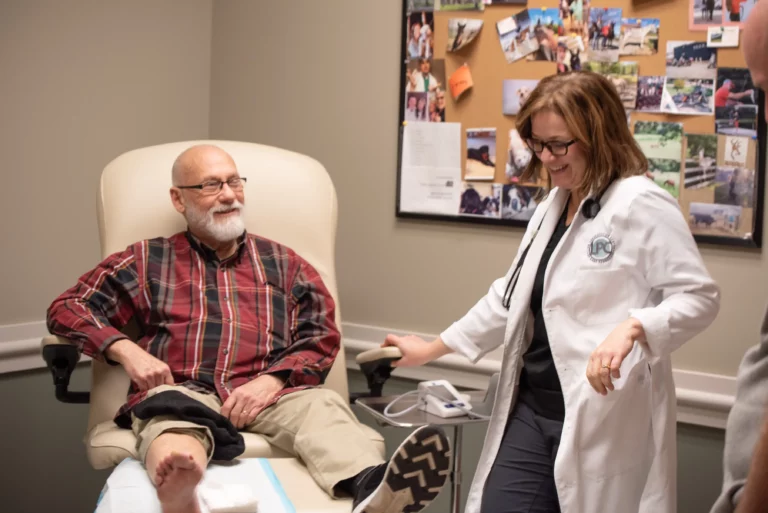Certain injuries like burns can be so severe that traditional bandages and ointments aren’t enough. Enter skin substitutes—a doctor’s secret weapon. Unlike average bandages, these high-tech materials are designed to act like real skin. For people with severe wounds, they act as a protective shield against infection and a catalyst for healing.
Skin substitutes are advanced wound care solutions that mimic natural skin to promote effective healing. They’re used for treating difficult wounds like diabetic ulcers and burns. A skin substitute enhances healing through multiple mechanisms, reducing healing time and scarring. The Limb Preservation Center offers expert care using skin substitutes and individualized treatment plans.
What are Skin Substitutes?

Skin substitutes are innovative wound care solutions designed to act like natural skin and help the body heal more effectively. They are made from various materials, including natural proteins like collagen and elastin, which are found in healthy skin.
Synthetic materials created in labs are available, as well. Some substitutes even include living human cells or special molecules that encourage healing.
There are three main types of skin substitutes:
- Allografts: These come from donated human skin and are processed to remove any cells that could cause a reaction while keeping the skin’s structure intact. They provide a foundation for the body to rebuild healthy tissue.
- Xenografts: These are made from animal skin, usually from pigs, and are often used as temporary coverings for wounds. They can be treated with additional materials to improve their effectiveness.
- Synthetic Skin Substitutes: These are man-made and can either be structures that help the body regenerate skin or products that include living cells to actively promote healing.
Some substitutes offer short-term protection while others aim to permanently close the wound and restore normal skin function. The type of skin substitute provided will depend on your wound’s size, depth, and cause, as well as your overall health.
How a Skin Substitute Can Enhance Wound Healing
Skin substitutes enhance wound healing through four key mechanisms. First, they act as a scaffold that supports new cell growth, guiding the body’s tissue regeneration process. For example, some substitutes create a collagen-based matrix that allows blood vessels and skin cells to rebuild damaged areas.
Second, they deliver growth factors and bioactive molecules that stimulate cell migration and repair, accelerating tissue formation. Third, substitutes form a protective barrier against bacteria and physical damage, reducing infection risks.
Fourth, they help reduce inflammation by modulating immune responses, creating a healthier environment for healing. By combining these actions, skin substitutes shorten healing time.
Reduced scarring also occurs because substitutes promote organized tissue repair, minimizing irregular collagen buildup. For instance, diabetic foot ulcers can experience smoother healing with fewer adverse effects compared to standard care.
Smoother healing helps you regain mobility and independence faster. This leads to reduced prolonged immobility risks while minimized scarring supports functional recovery, which is critical for individuals with chronic wounds or diabetes-related complications.
By integrating advanced substitutes like bioengineered grafts, we prioritize treatments that address both healing and long-term quality of life.
Applications in Wound Care
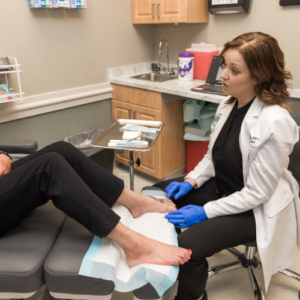
Skin substitutes are advanced wound care products that help treat various types of difficult-to-heal wounds. For people with diabetes, these substitutes can speed up the healing of foot ulcers.
For non-healing surgical wounds that are complex or infected, your doctor might use special substitutes along with other treatments to help wounds close faster and prevent complications. In cases of burns caused by radiation, skin substitutes can protect the damaged area and encourage new skin growth, often closing the wound completely in about a month.
For wounds that just won’t heal on their own, like some leg ulcers, skin substitutes with living cells can be very effective. These are often used together with other treatments, such as hyperbaric oxygen therapy, to increase oxygen levels in the body along with careful cleaning of the wound.
The key is to choose the right substitute for each patient and wound type. For example, temporary substitutes from animal skin might be used for burns while substitutes with human cells might be better for diabetic foot ulcers. Your doctor will inform you of which option is best for you.
By combining these advanced products with other treatments, our care team at Limb Preservation Center can help the most stubborn wounds heal faster and more completely.
Trust Limb Preservation Center for Wound Care in East Tennessee
The Limb Preservation Center of East Tennessee is the best choice for skin substitutes thanks to our specialized focus on advanced wound care and limb preservation. Dr. Heather Hutchings brings over 13 years of experience in wound and hyperbaric medicine, offering comprehensive and compassionate care for conditions like:
- Diabetic ulcers
- Radiation burns
- Surgical wounds
Our goal is to help you regain mobility, independence, and quality of life. We emphasize individualized treatment plans, partnering with you to discover the root cause of non-healing wounds and employing advanced strategies like hyperbaric oxygen therapy and wound debridement alongside skin substitutes.

Skin substitutes mimic natural skin to enhance wound healing, treating conditions like diabetic ulcers and burns. They reduce healing time and scarring through multiple mechanisms. The Limb Preservation Center provides expert care with skin substitutes and personalized treatment plans to optimize recovery.
Limb Preservation Center of East Tennessee is the newest and most advanced wound care practice in Lenoir City, Tennessee. Are you looking for experienced wound care that’s convenient and near home? Call the Limb Preservation Center of East Tennessee at 865-770-5462 or request an appointment online to arrange a comprehensive chronic wound evaluation with our wound healing experts.

